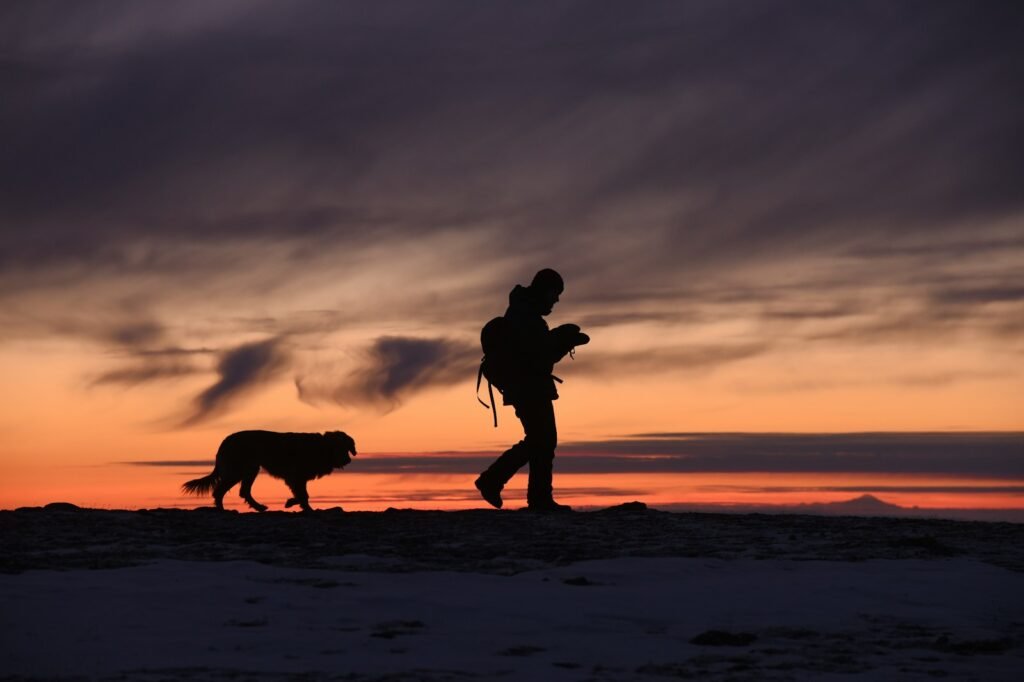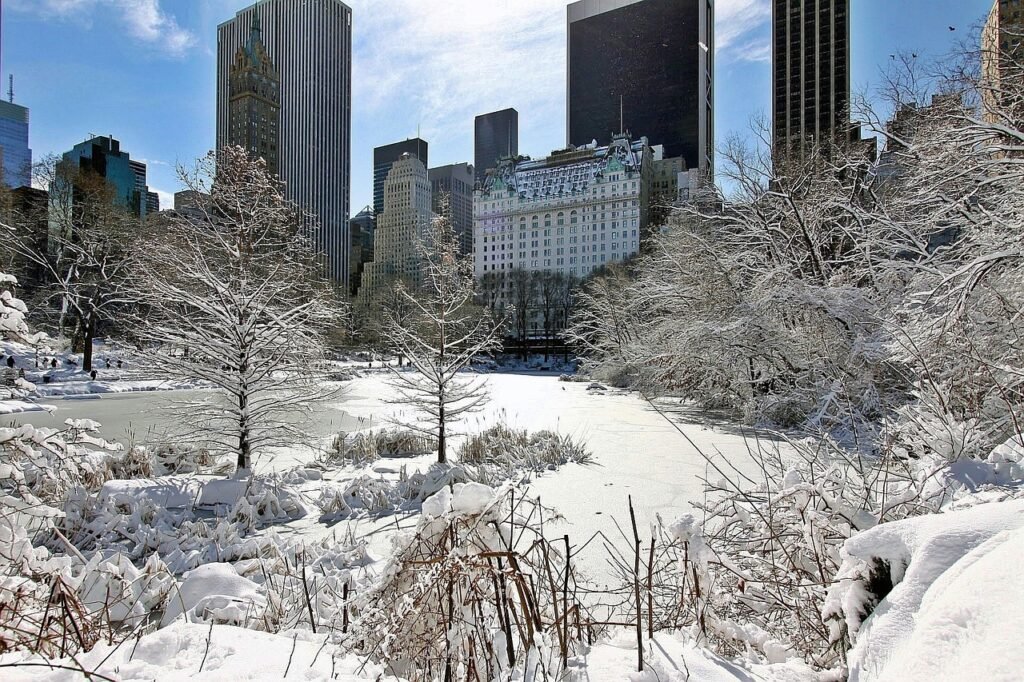The Rockies don’t give easy wins: thin air, sudden storms, scree that slides underfoot. Yet some dogs seem born to read this rugged landscape, matching our pace and sharpening our senses when the trail turns wild. The science behind that magic – metabolism, thermoregulation, muscle fiber types – explains why certain breeds thrive from timberline to tundra. Think of this as a field guide for choosing a mountain partner whose physiology, temperament, and training align with Colorado’s demanding highs. Pair good genetics with smart acclimation, and you’ve got a teammate who can turn a tough summit day into a shared story.
Siberian Husky
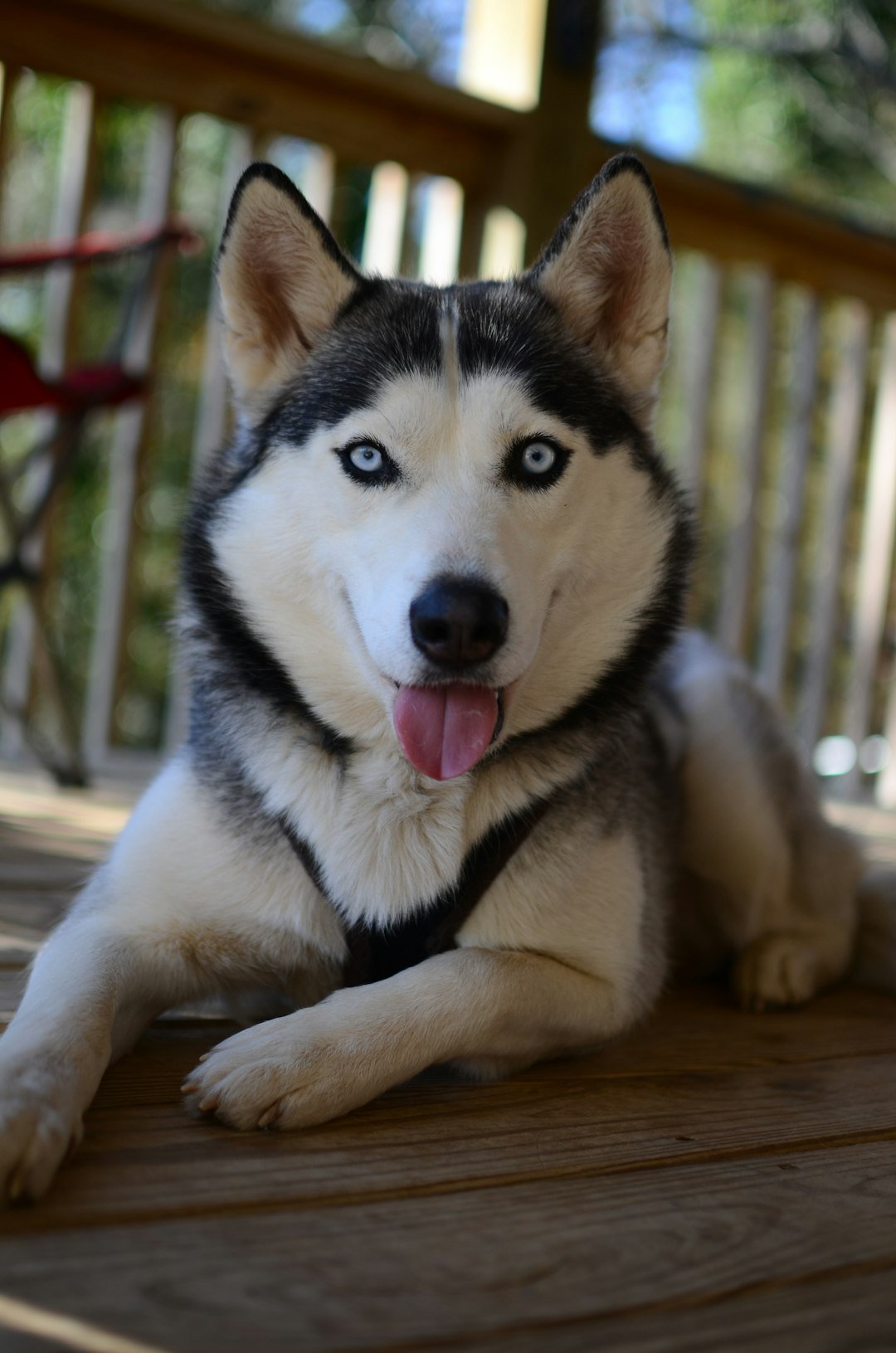
Ever felt the air thin to a whisper at twelve thousand feet? A Husky treats it like a greeting. Bred for steady travel over snow, Huskies carry an endurance engine built on efficient oxygen use and a dense double coat that insulates without trapping too much heat during movement.
They do best with cool starts, measured pacing, and frequent water breaks to prevent overexertion. Keep snacks handy – fat-forward treats fuel their slow-burn metabolism on long ascents.
Alaskan Malamute
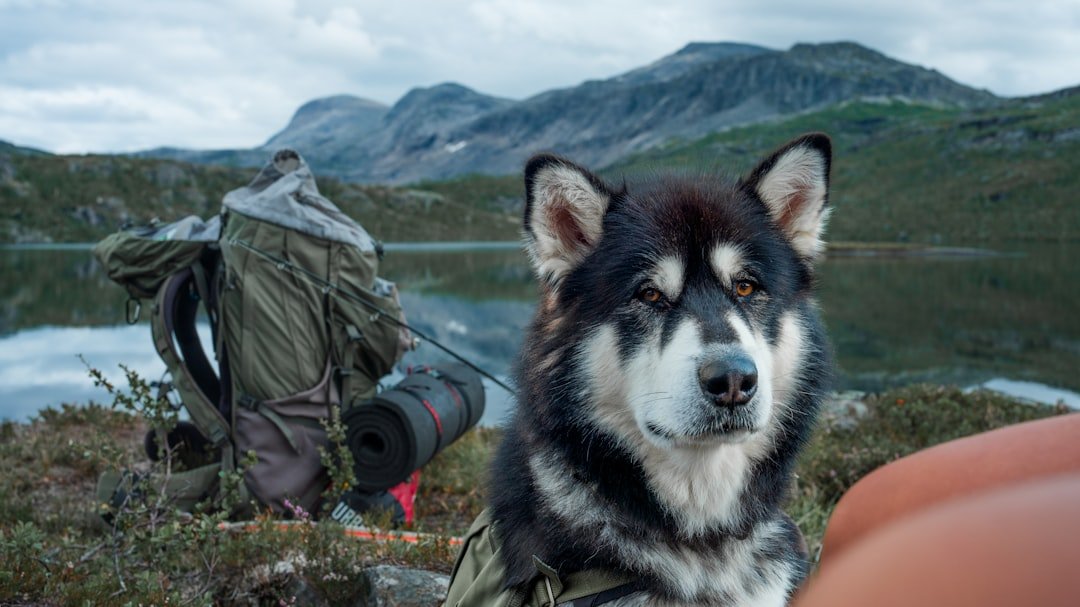
Where trails tilt steep and loads feel heavy, Malamutes lean into gravity like seasoned porters. Their bone and muscle mass make them powerful on snowfields and talus, and their wide, tough pads grip loose surfaces better than you’d expect.
They run warm in sun and may prefer shoulder seasons or dawn patrols. Slow, rhythmic mileage suits them; think sturdy switchbacks over sprinty scrambles.
Border Collie
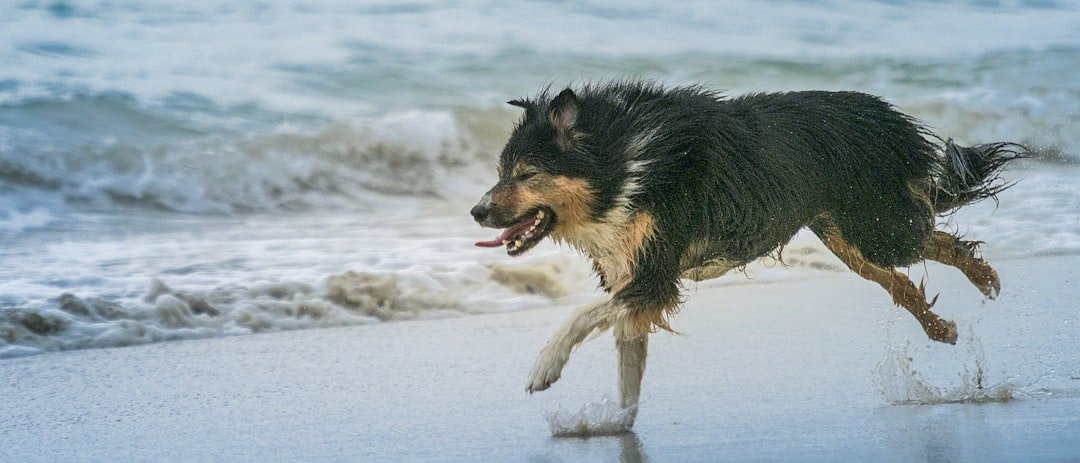
Border Collies carry a turbocharged aerobic engine wrapped in a nimble body, the kind of dog that dances across boulders as if the rocks are cues in a choreography. Their quick brain isn’t a bonus – it’s the operating system, scanning slope angles, snow patches, and your footsteps in real time.
Channel that intensity with clear trail jobs – lead, follow, or check back – and build rest into ridgeline days. A Collie’s greatest risk up high is working past tired; your job is the brake pedal.
Australian Shepherd

Compact, bouncy, and built like a trail shoe, Aussies thrive on mixed terrain where scree gives way to meadow and back again. Their weather-resistant double coat sheds spindrift and afternoon drizzle, while a naturally efficient gait keeps fuel burn reasonable at altitude.
I once watched an Aussie crest a pass in a surprise graupel shower, blinking ice from lashes and wagging like the sky was playing. Give them structure and they’ll give you all-day focus.
German Shepherd

Versatility is the German Shepherd’s calling card: confident footing, solid endurance, and a trainable mind that handles crowded trailheads as well as remote basins. They manage cold well and, with conditioning, cope with elevation via steady pacing and frequent micro-rests.
Mind the back – choose modern, straight-backed lines when possible, and watch load, landing impacts, and descent speed. A balanced, vet-approved pack keeps them task-oriented without overtaxing joints.
Belgian Malinois
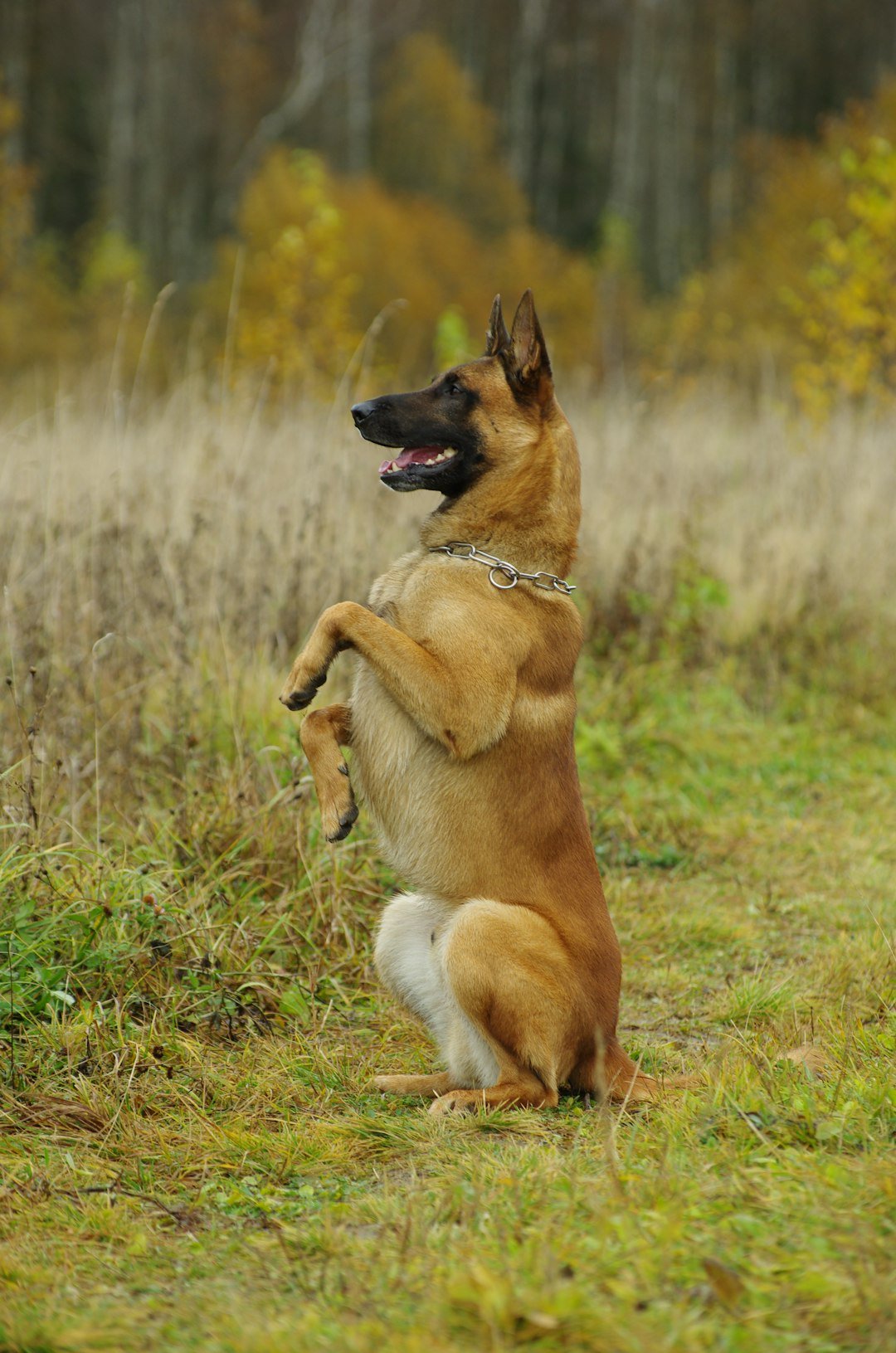
Think of the Malinois as jet fuel in dog form – light, precise, and ready to work. Their lean build supports rapid heat exchange, which can help on climbs, but they still need shade and water when high sun turns alpine basins into radiant ovens.
Because drive can outrun judgment, build a rhythm of “go hard, cool down” early in training. Good recall and a job – scout, heel, check – keep brilliance inside safe boundaries.
Labrador Retriever
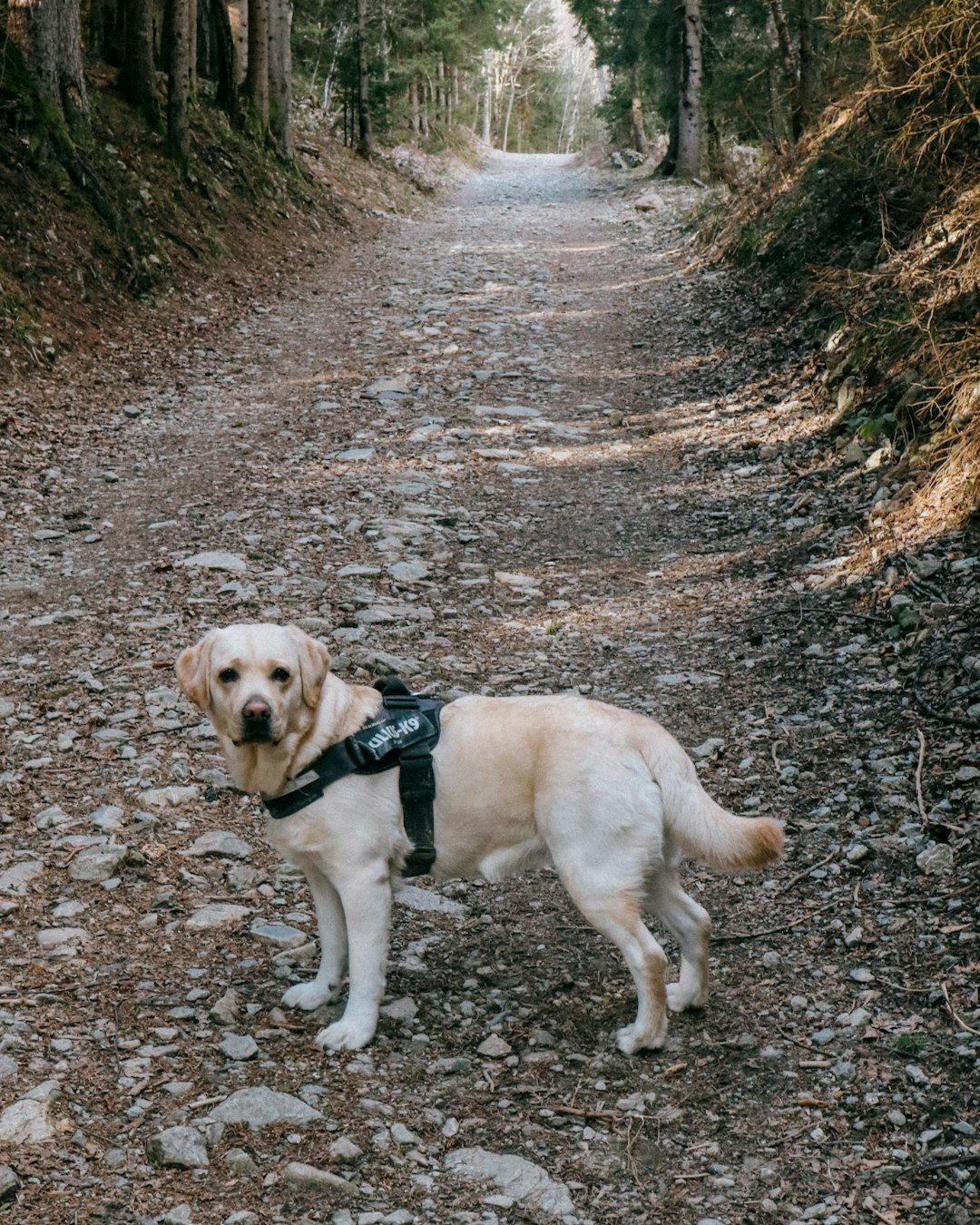
Labs are mountain all-rounders: steady hearts, reliable feet, and a love of water that makes creek crossings a morale boost. Their coat manages chill well when moving, and their gait is economical over distance with proper conditioning.
Warm afternoons at altitude still demand caution; Labs can overdo joy. Rotate swim breaks, keep snacks slow-release, and end on a strong note before the tail stops wagging.
Golden Retriever
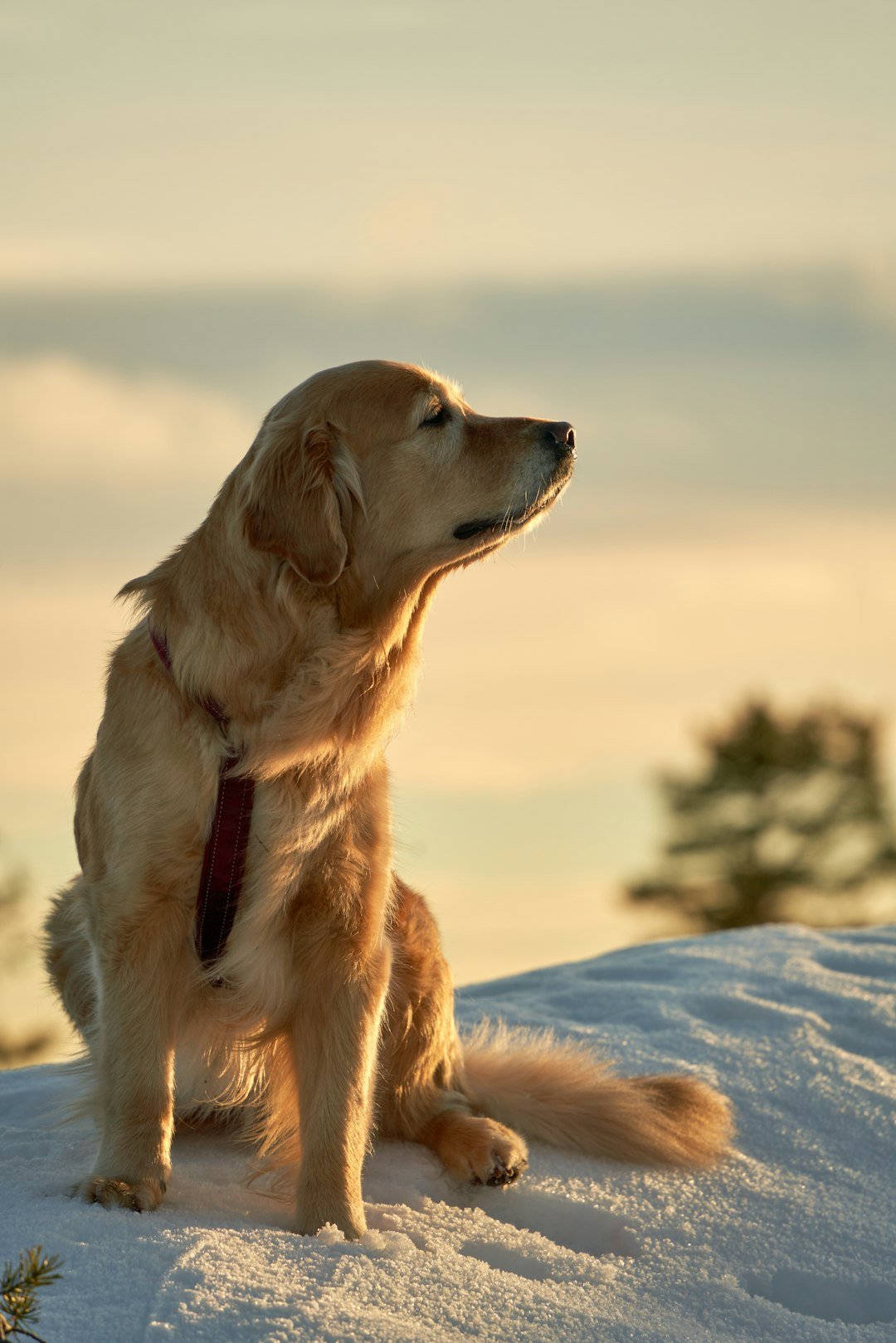
Goldens bring a buoyant stride and a temperament that can calm anxious hikers when weather flips. Their feathered coat insulates in wind and sheds light snow, though it can collect ice balls – trimming and pre-apply paw balm helps.
Mind hips and elbows on long descents; pole up your own knees and lower their hopping off ledges. Gratitude is their fuel, and the trail gives plenty.
Vizsla
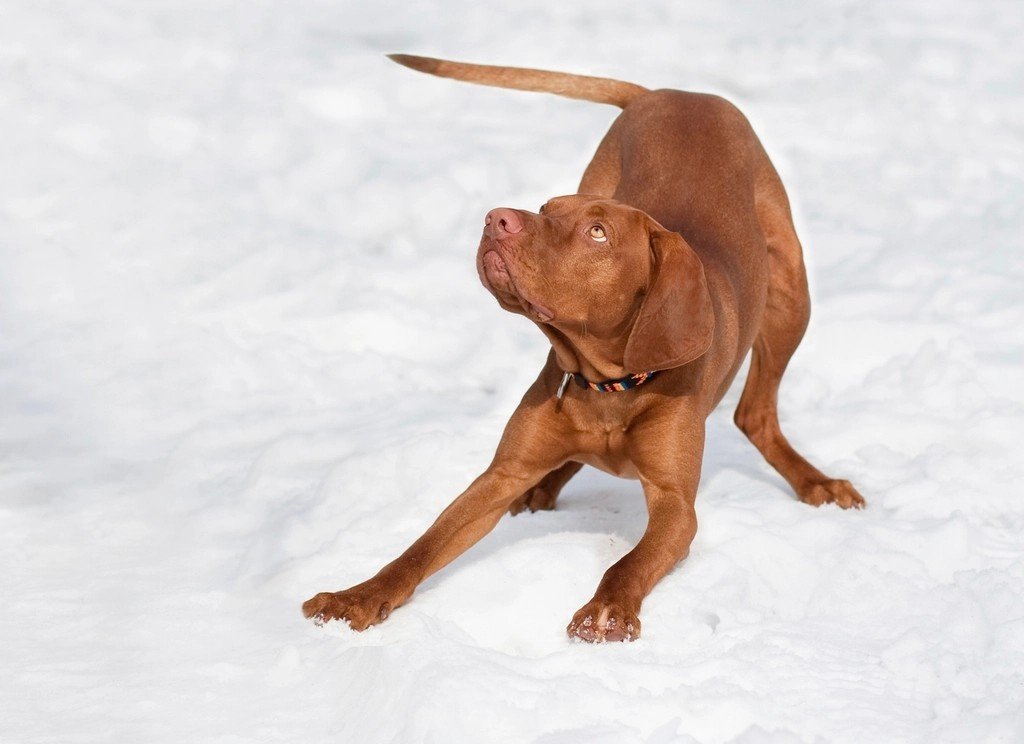
Vizslas are the ultrarunners of short-coated breeds – light, springy, and metabolically efficient. They ventilate heat quickly on climbs and settle into a mile-eating trot that makes passes feel closer with each switchback.
Cold is the tax; pack a fitted jacket and start fast to build warmth. Keep recall sharp – wildlife scent turns the world into a siren song.
Weimaraner
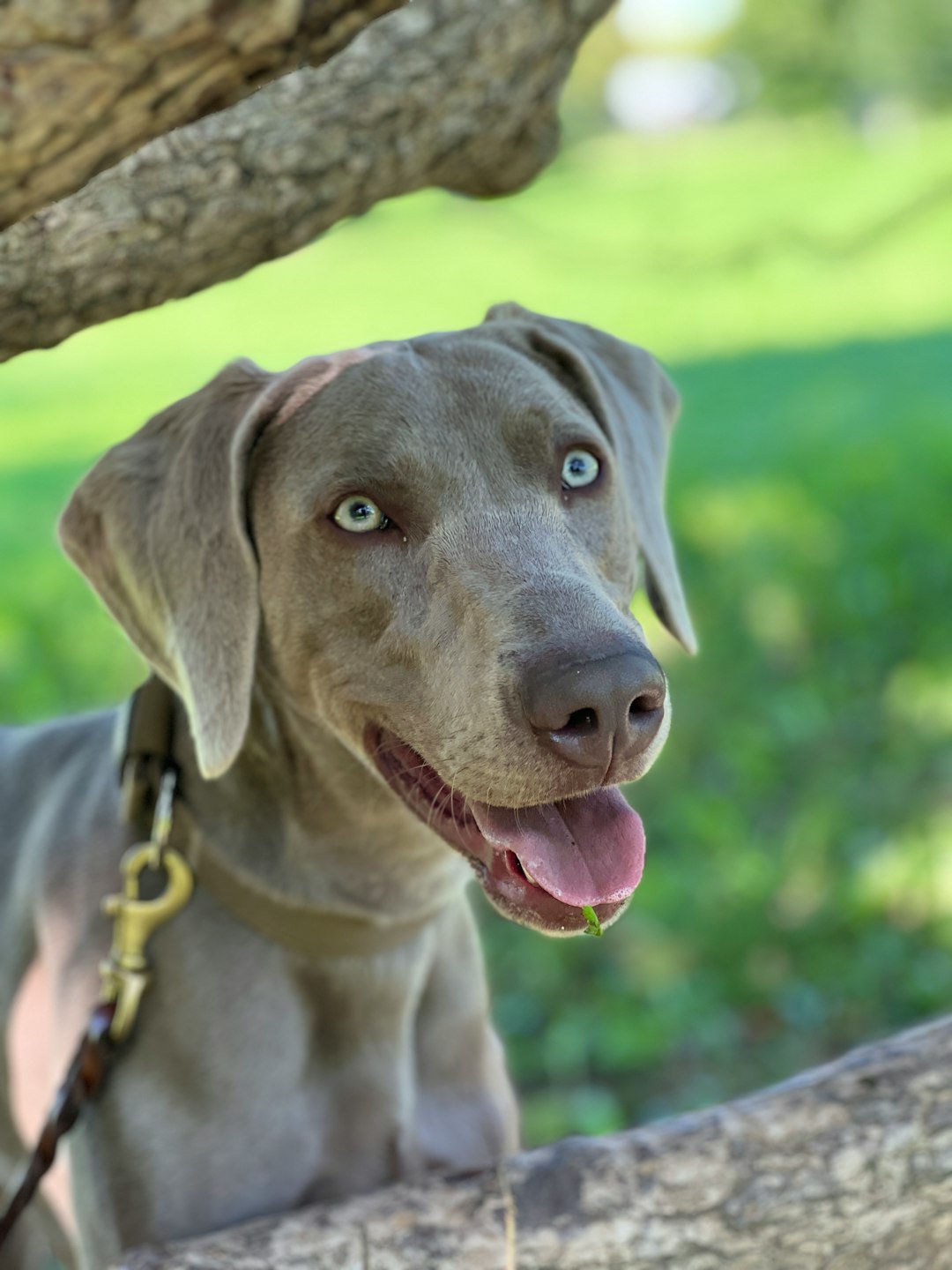
Muscular and keen-eyed, Weimaraners handle varied ground with a long, ground-covering stride. Their short coat needs wind protection above treeline, but that same minimalism helps heat dissipation during hard efforts.
They bond intensely and hike best when the team moves as one. If a storm hits, shelter early; windchill is their real enemy.
German Shorthaired Pointer
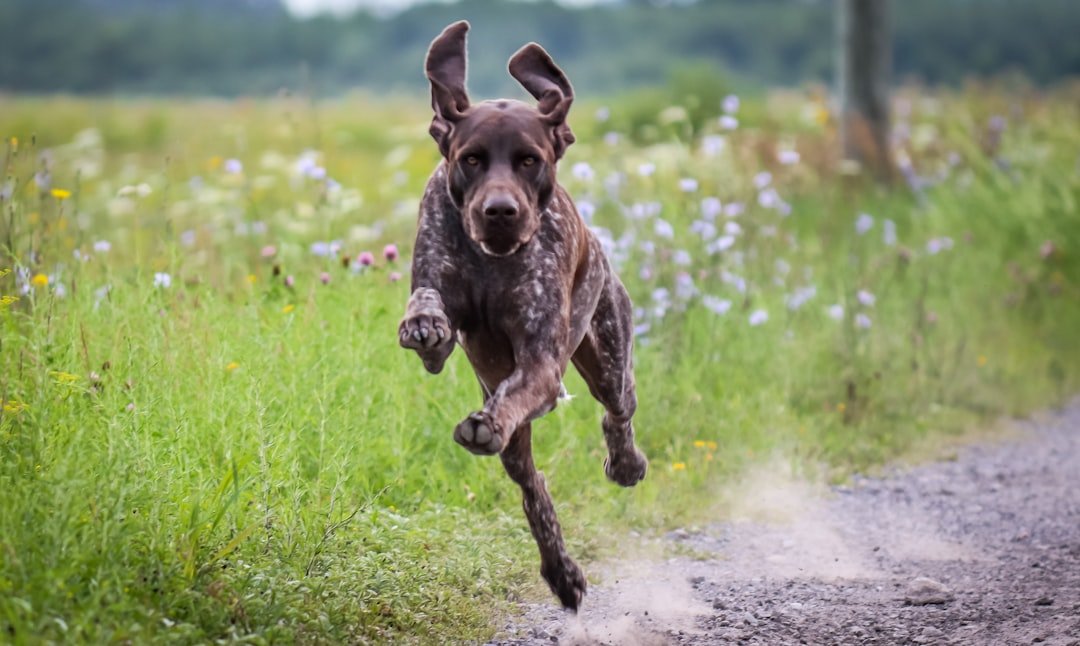
GSPs merge athleticism with problem-solving, a combo made for snow-dappled forests and airy ridgelines. Their lean build supports high oxygen throughput, and with conditioning they can hold an even tempo all day.
They’re easily thrilled by scents, so prevention beats correction – practice check-ins every few minutes. Lightweight insulation turns shoulder seasons into prime time.
Samoyed
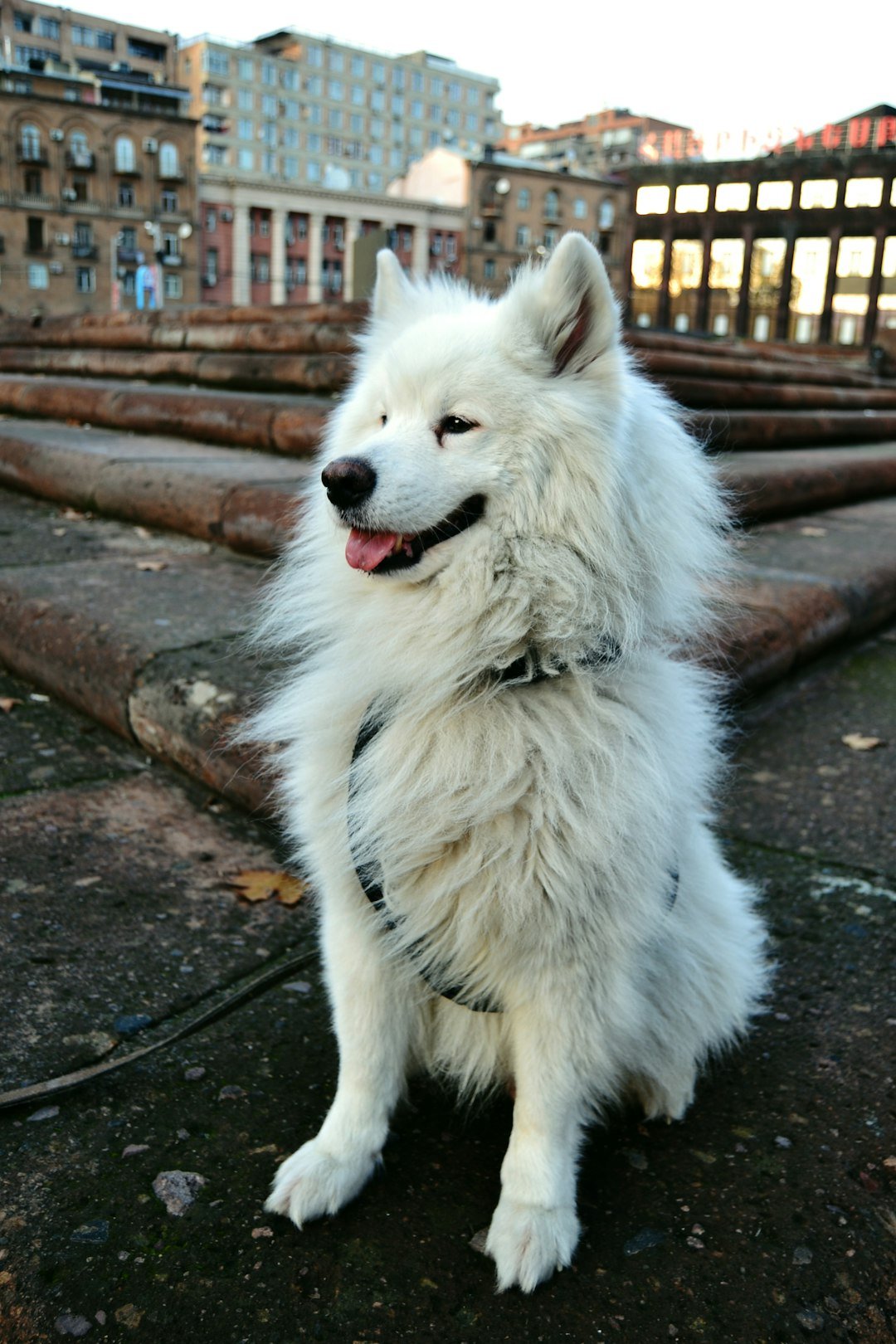
Samoyeds wear the sky – bright coats that shrug off spindrift and keep core temps steady when wind sharpens. Under the fluff is a working dog that moves smoothly and conserves energy, a big plus on long, cold days.
Sun and heat can flip the script; chase shade and carry extra water. Brush out the undercoat before summer to improve airflow.
Norwegian Elkhound
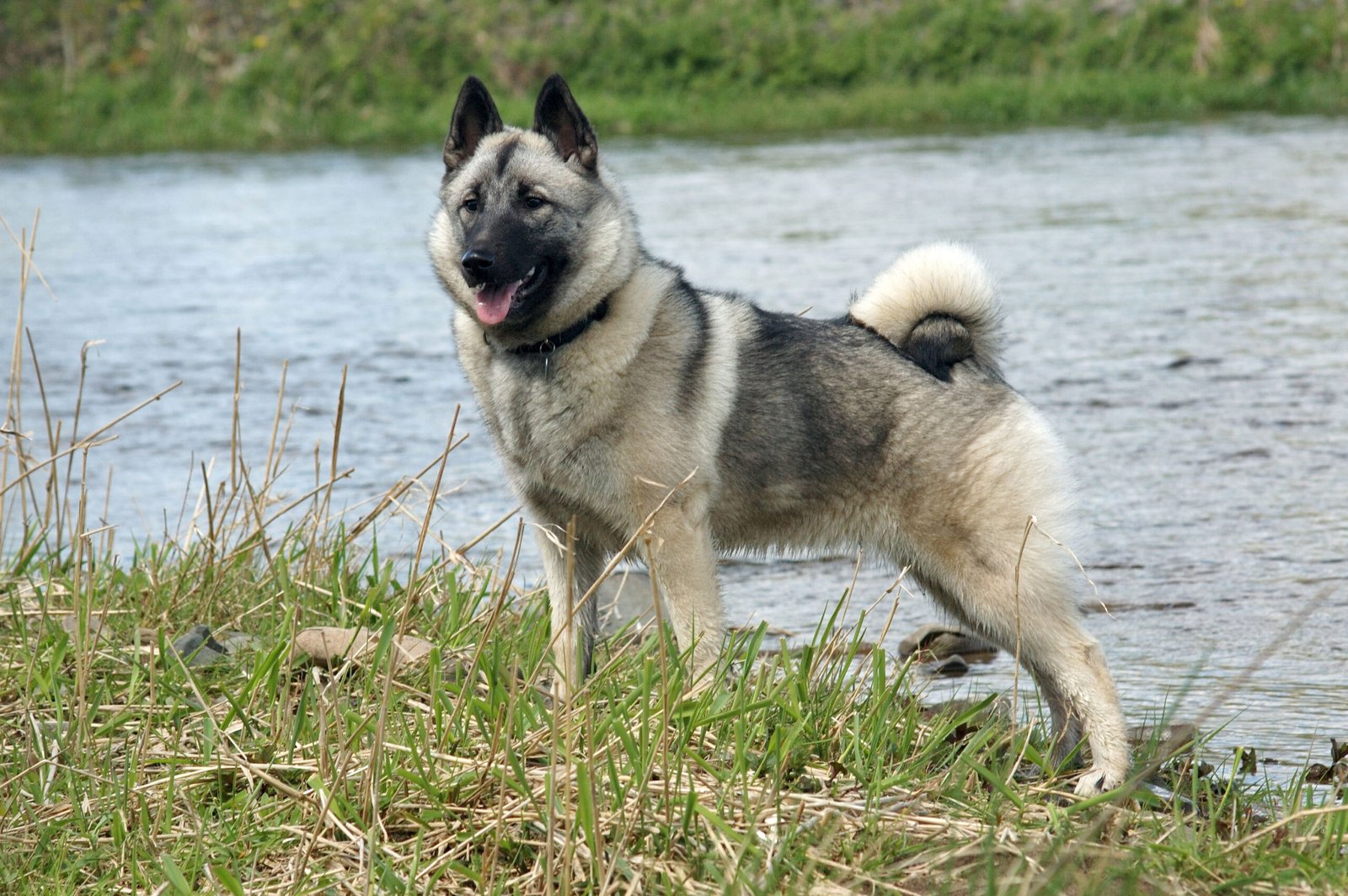
Dense-coated and surefooted, Elkhounds feel purpose-built for krummholz and crusty snowfields. Their wedge head cuts wind, and their compact frame keeps center of mass low on dicey traverse lines.
They’re vocal and alert – great for bear-country awareness but train a quiet cue near wildlife. Cool mornings and steady miles bring out their best.
Bernese Mountain Dog
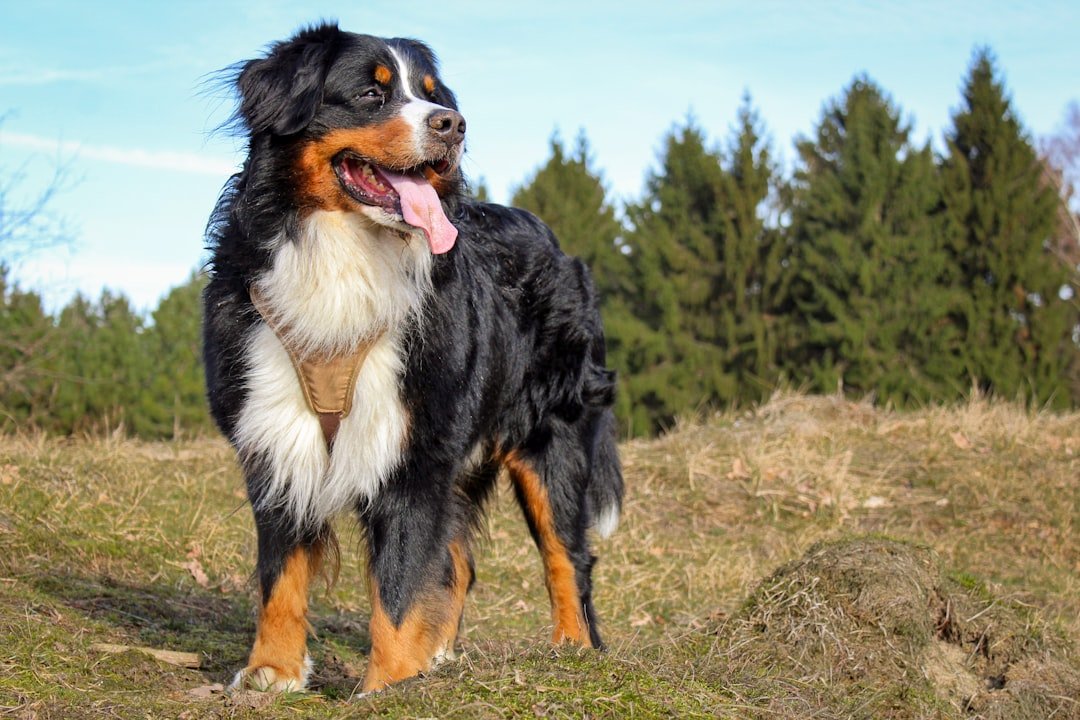
Berners are gentle giants, bred for alpine farm work where patience beats speed. They excel in cold, carrying momentum up steady grades and offering unflappable calm when weather wobbles.
Heat and heavy descent loads stress joints; pick cooler trails and manage vertical gain thoughtfully. Keep breaks long enough for full recovery, not just a quick pant.
Greater Swiss Mountain Dog
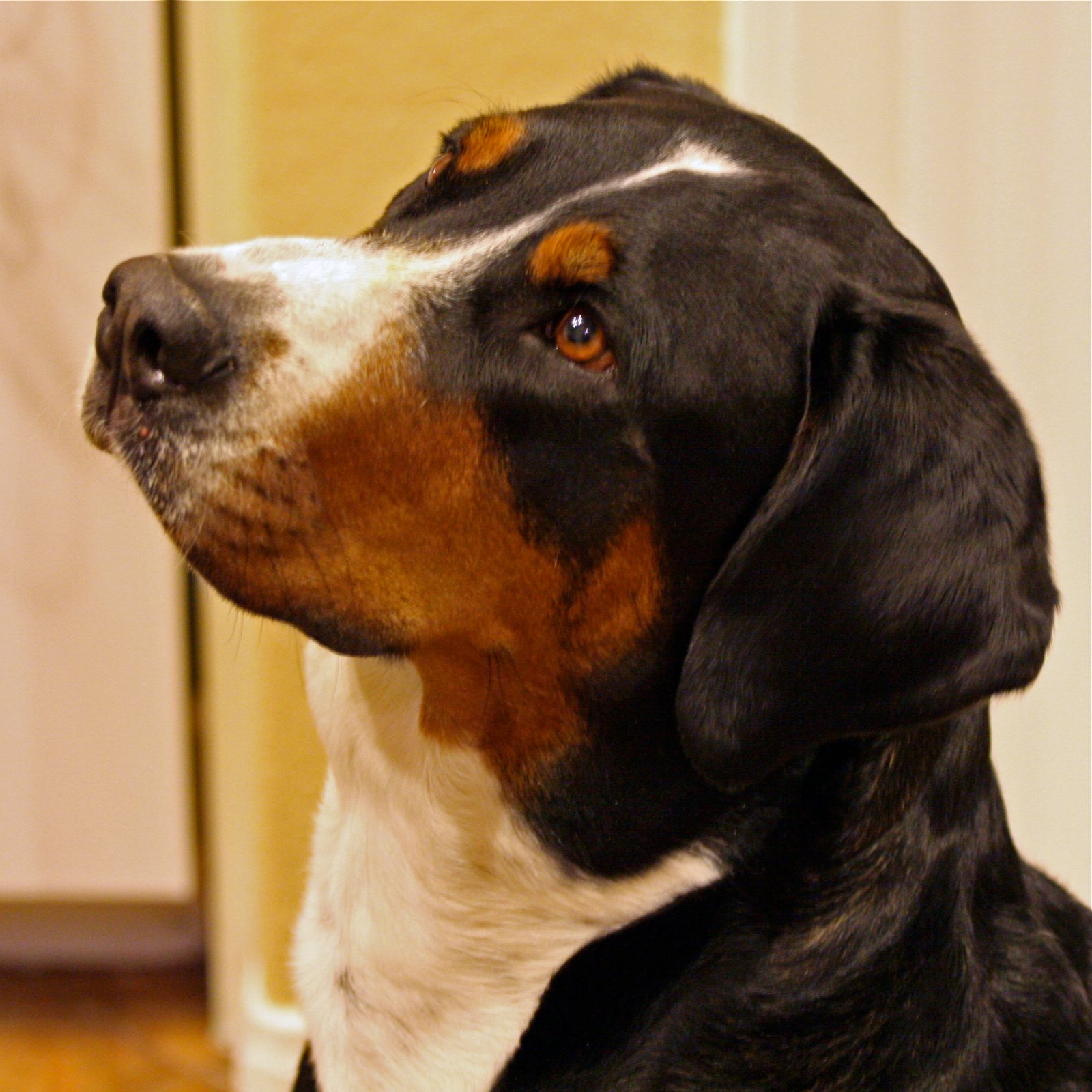
Think of the Swissy as a living chairlift – strong, unhurried, and wonderfully dependable. Their short, dense coat sheds snow and lets heat escape better than you’d guess for a big dog.
Like all large breeds, joint care is the long game: soften landings, avoid pounding descents, and keep pack weights conservative. Slow and steady makes summits feel earned, not endured.
How to Choose and Prepare the Right Trail Partner
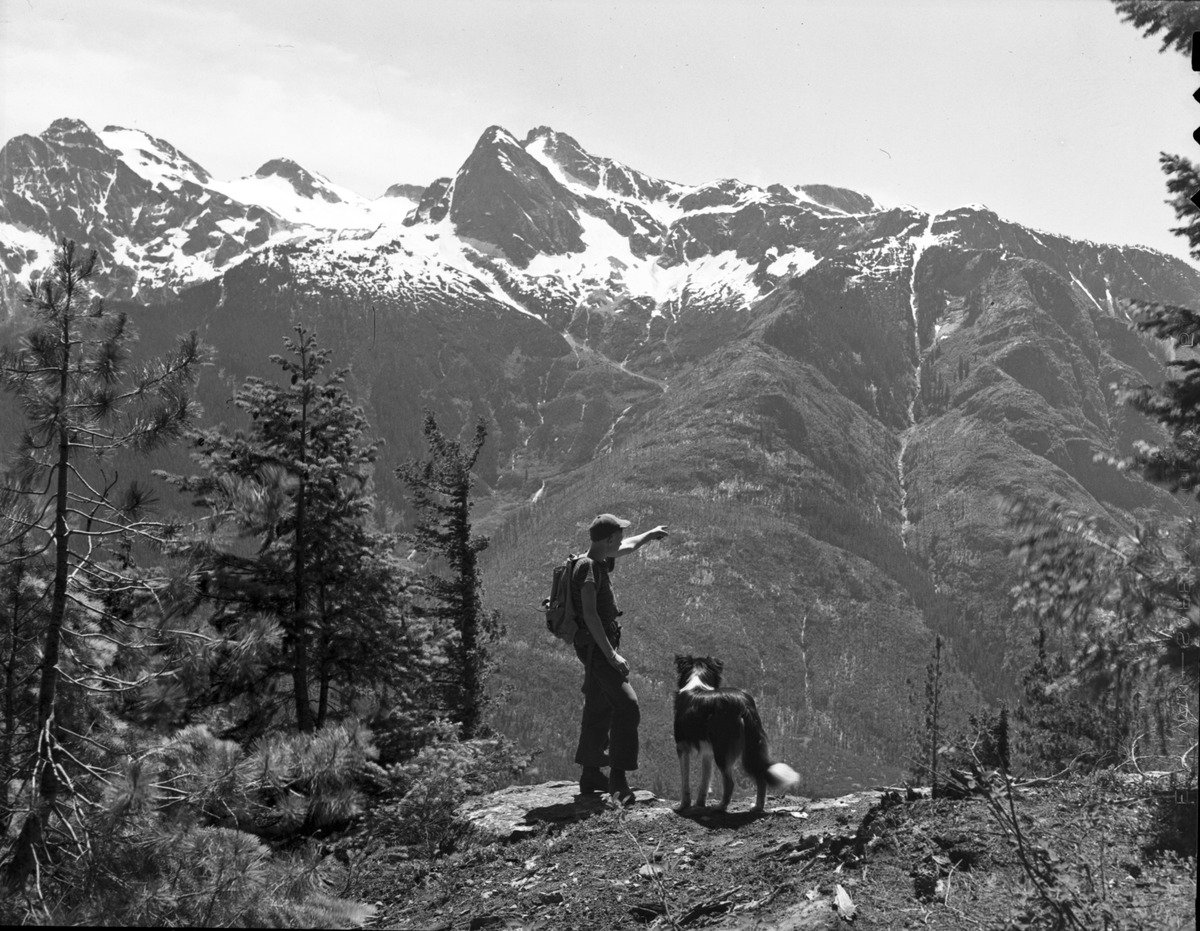
Match breed traits to route demands: double coats for wind-scoured passes, lean builds for long, hot slogs, and thoughtful temperaments for crowded trailheads. Elevation adds a hidden tax on oxygen delivery; acclimate over several days, watch for sluggishness, appetite loss, or persistent panting, and dial back at the first hint of trouble.
Conditioning matters more than pedigree – build from short, rolling hikes to bigger days, and teach trail manners early. Paw care, hydration planning, and steady calories keep good days great.
Gear and Science: Small Choices, Big Impact
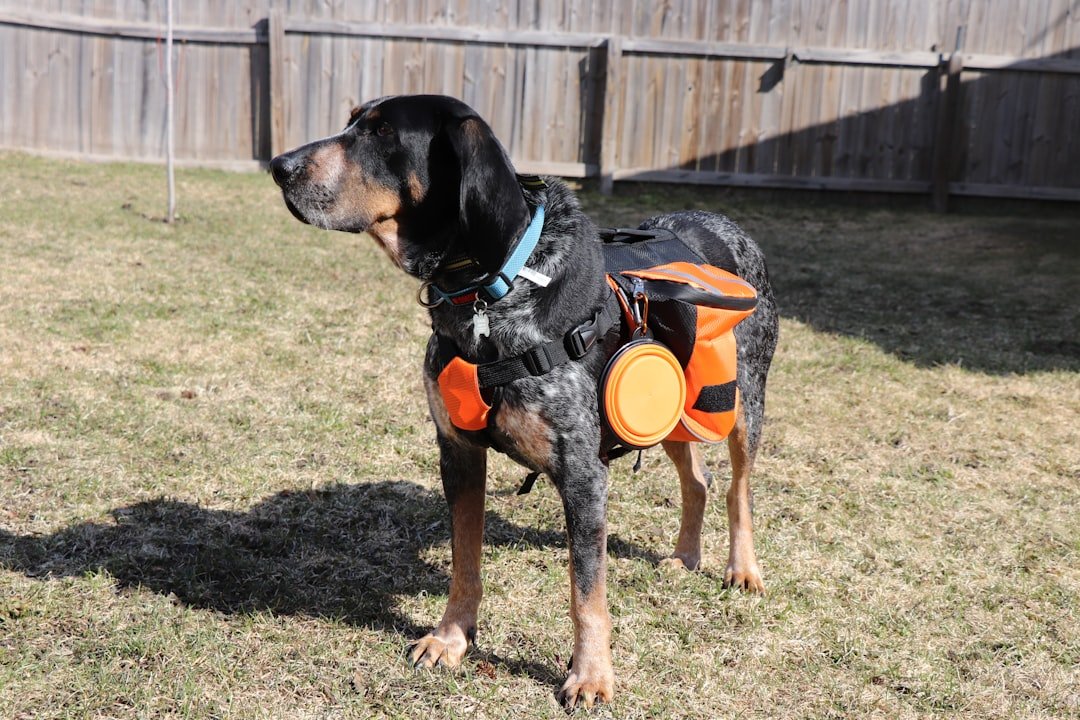
A well-fitted harness protects the trachea on steep pulls and gives you safe control in loose scree. Booties and paw balm reduce abrasion on granite and prevent snowballing in feathered coats, while a reflective jacket makes foggy mornings safer.
From a physiology standpoint, canine thermoregulation hinges on evaporation and convection; shade breaks, creek dips, and airflow under coats matter. Think systems: water, fuel, insulation, and pace working together.
Trail Etiquette and Wildlife Awareness
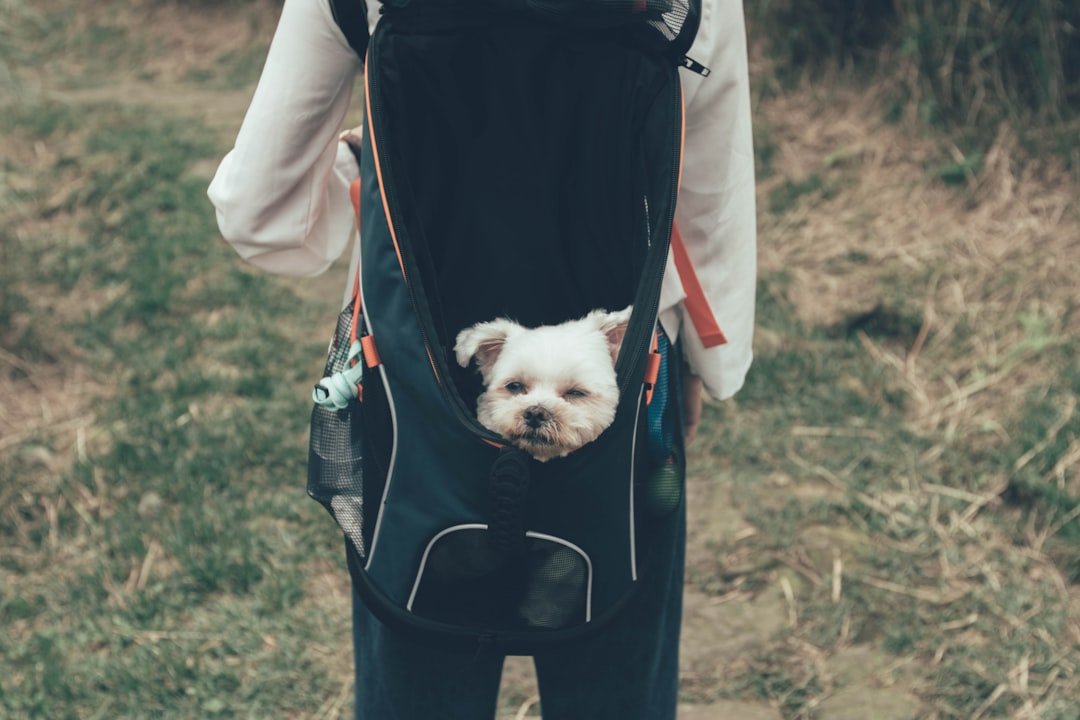
Colorado’s alpine is living research – fragile tundra plants, nesting birds, and wary ungulates. Keep dogs leashed or on tight voice control above treeline to minimize wildlife stress and prevent dangerous chases.
Yield to uphill hikers, step off onto durable surfaces, and stash snacks to deter curious marmots. Good manners are environmental stewardship in action.
Training Smart for Altitude
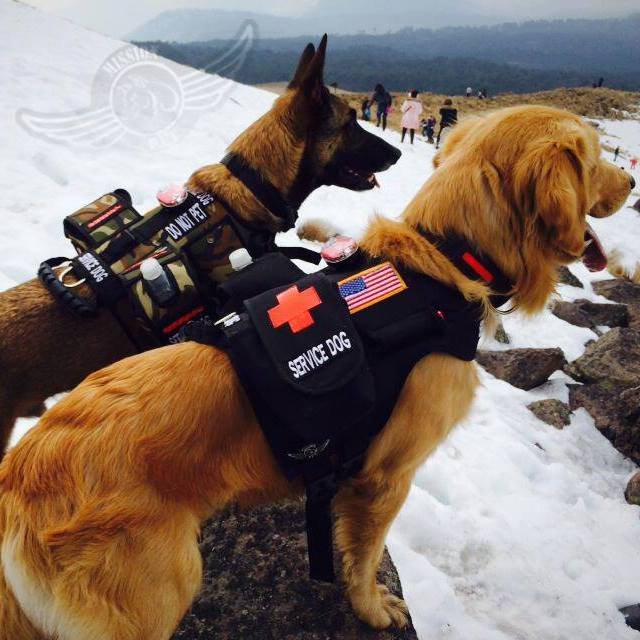
Short, consistent sessions build durable habits that hold when storms roll in or goats appear across a gully. Practice impulse control, recalls, and settling on command before you ever see a switchback.
Acclimation is training too – sleep lower, climb higher, and monitor recovery overnight. If restlessness or vomiting appears, descend; mountains will wait.
Seasonal Strategies
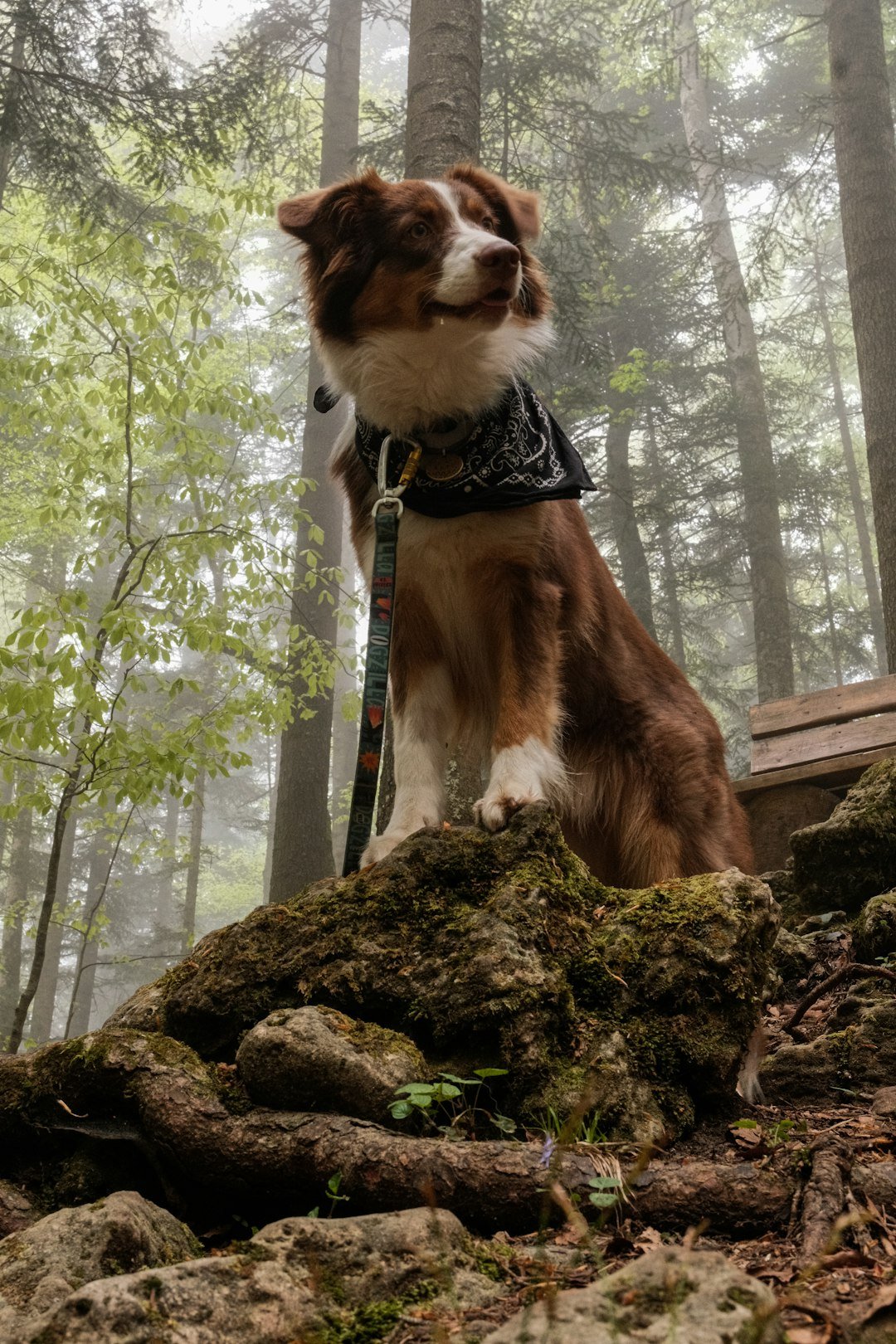
Spring means slushy snow bridges and hidden postholes – teach a cautious pace and probe with poles. Summer delivers heat at trailheads and chill at summits, so manage layers for both of you and chase water sources.
Autumn storms can land early, and winter’s beauty hides avalanche hazards; pick routes to match skill, not optimism. Your dog reads your confidence – set a calm tone early.
Conclusion
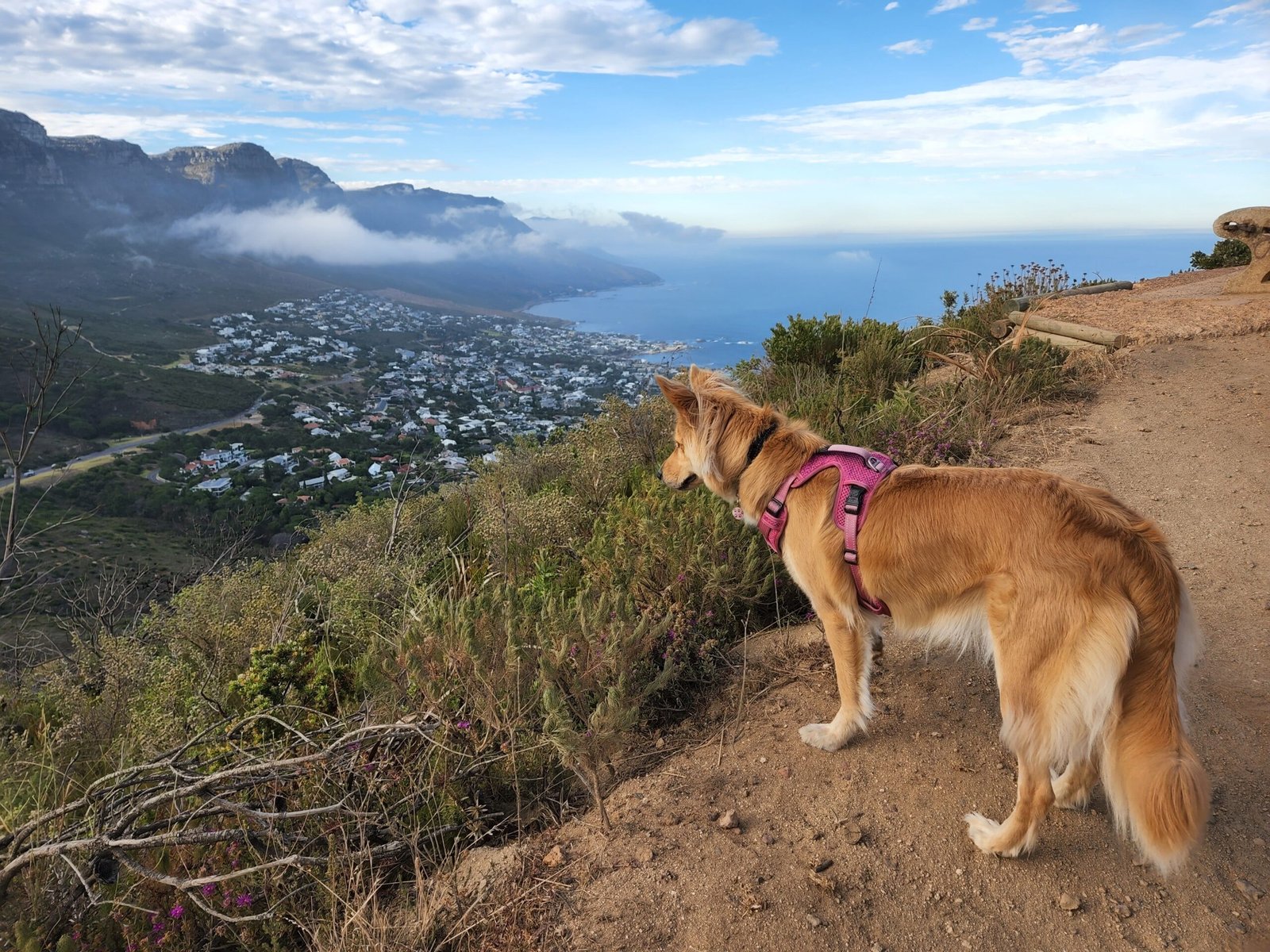
The right mountain dog is part biology, part training, and part relationship – the quiet language you build one switchback at a time. Choose for the terrain you love, prepare like a pro, and watch how a four-legged partner turns risk into rhythm. The Rockies reward that partnership with moments that feel bigger than breath. Which trail will you share first?

Suhail Ahmed is a passionate digital professional and nature enthusiast with over 8 years of experience in content strategy, SEO, web development, and digital operations. Alongside his freelance journey, Suhail actively contributes to nature and wildlife platforms like Discover Wildlife, where he channels his curiosity for the planet into engaging, educational storytelling.
With a strong background in managing digital ecosystems — from ecommerce stores and WordPress websites to social media and automation — Suhail merges technical precision with creative insight. His content reflects a rare balance: SEO-friendly yet deeply human, data-informed yet emotionally resonant.
Driven by a love for discovery and storytelling, Suhail believes in using digital platforms to amplify causes that matter — especially those protecting Earth’s biodiversity and inspiring sustainable living. Whether he’s managing online projects or crafting wildlife content, his goal remains the same: to inform, inspire, and leave a positive digital footprint.

